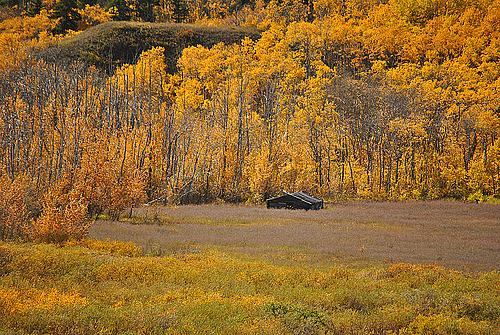Growing Old in the Big Sky State

“There’s a lot of dirt between light bulbs in Montana,” former U.S. Senator Conrad Burns once said. That’s how many Montanans like it. Health care providers, however, see a crisis coming in all that dark.
America is aging. Montana is aging faster. Projections indicate 25 percent of the country will be over 65 years old by 2050. Montana is set to hit that mark two decades sooner.
State estimates show Montana reached one million people for the first time in 2011. Yet as the state population grew, that of more than half its counties shrank. Young people left, and people left behind grew older. Those who remain need more care, and there are fewer to care for them.
Across the country we are trying figure out how provide health care to an aging population. Rural America must figure out how to do so with health care systems already facing a dearth of providers and specialists. As fellow Cindy Uken discovered in her terrific series for the Billings Gazette, such shortages have had tragic results.
But in Montana, more providers might not easily address the challenges posed by place.
Distance is what most worries Charlie Rehbein, chief of the Aging Services Bureau at the Montana Department of Health and Human Services, when he considers the future of healthcare in the country’s fourth-largest state.
“Even if you have the ability to pay for it, can you get there to get it?” said Rehbein. “That’s the issue that we’re gonna face. How do you get people there?”
Following a caregiver, a doctor, and a patient, I will examine efforts to provide care in an aging Montana. This series for NBC and NBCNews.com will look at miles and population density, the speed of internet connections and adoption “tele-medicine” and political realities.
But I am equally interested in the more quotidian pieces of this puzzle. The difficult decisions families make. Calibrations within communities. I want to explore the pull many face between a deep love of all that dirt and the barriers that “space between light bulbs” poses for their health, and what that might mean for health of the places they call home.
Image by Loco Steve via Flickr

